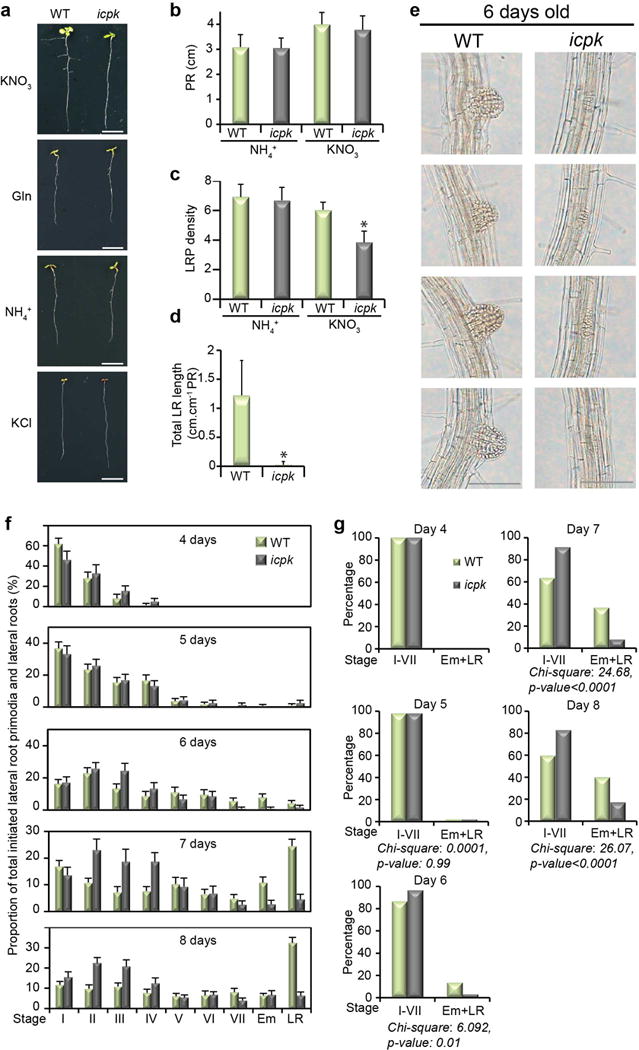Extended Data Figure 6. Quantitative analyses of root growth phenotype in WT and icpk in response to ammonium and nitrate.

a, The icpk mutant displays defects in nitrate-stimulated lateral root establishment. WT and the icpk mutant were germinated and grown on the ammonium succinate medium for 3 days, and then transferred to the plate supplemented with 5 mM KNO3 or 2.5 mM ammonium succinate (NH4+) or 5 mM KCl or 5 mM glutamine (Gln) in the presence of 1 μM 3MBiP for 5 days. Scale bar, 1 cm. The images are representative of 6 seedlings. b, Primary root (PR) length was similar in 8-day-old seedlings of WT and icpk. Error bars, s.d., n=16 seedlings. c, Lateral root primordium (LRP) density decreased significantly in 8-day-old icpk in response to nitrate. Error bars, s.d., n=15 seedlings, Student’s t-test, *p < 0.05. d, Lateral root length was dramatically reduced in icpk in the presence of nitrate. Error bars, s.d., n=10 seedlings, Student’s t-test, *p < 0.05. e, The development of lateral roots is severely retarded in icpk. The developmental stages of the third lateral root in WT and icpk induced by nitrate for 3 days (6-day-old) are shown. Scale bar, 100 μm. The images are representative of 6 seedlings. f, Time-course analyses of icpk defects in nitrate-specific lateral root development I-VII lateral root developmental stages44. Em, emerged primordia. LR, lateral root. Error bars, s.e.m., n=16 seedlings. g, Chi-square test of WT and icpk lateral root development. WT and icpk were compared on two categories, early lateral root development stages before emergence (stage I to VII) and stages afterwards (Em+LR). The low p-value indicates the high level of association between the genotype and development stages.
